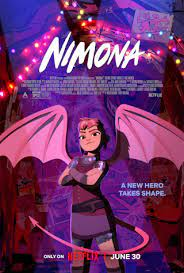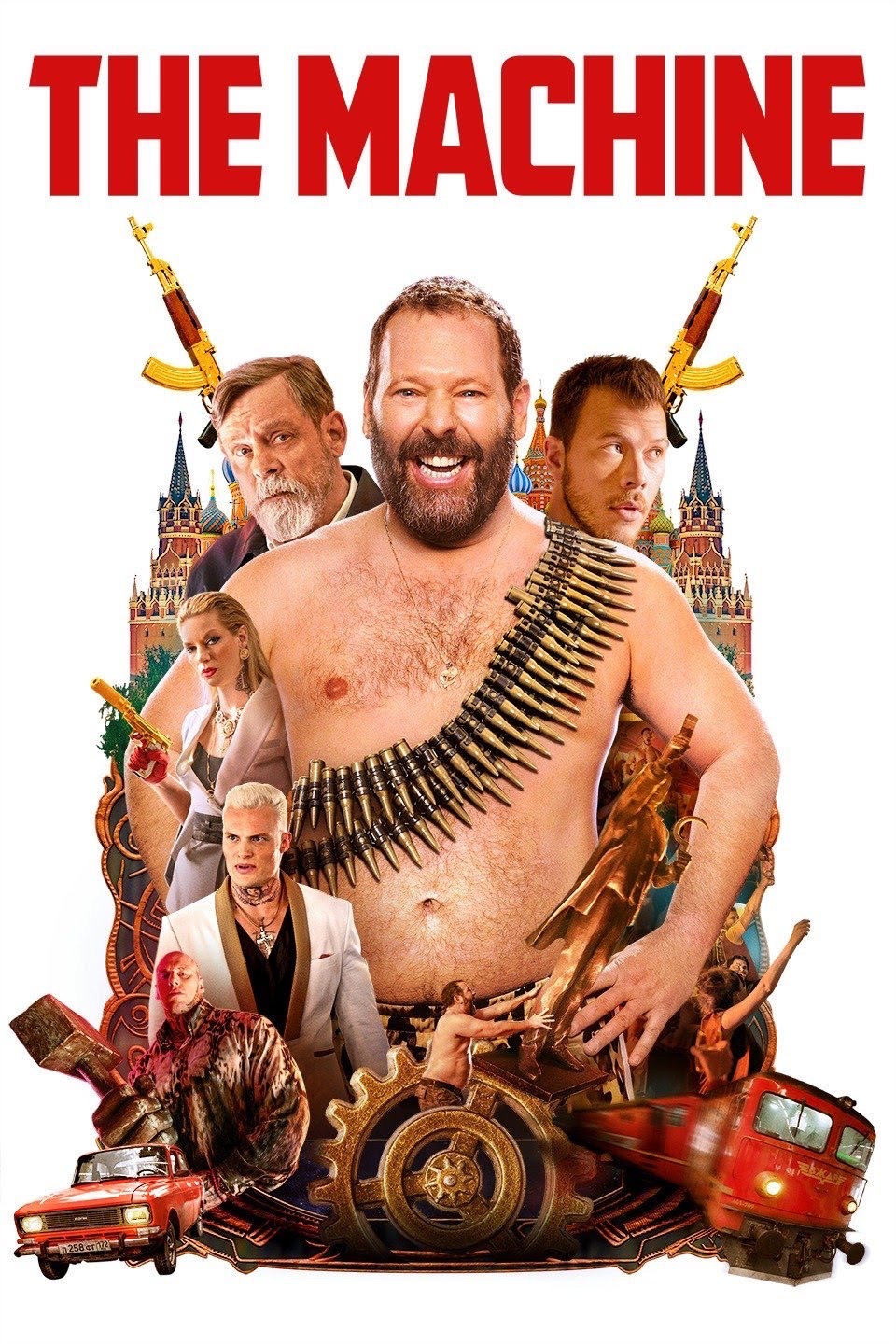Sequels are practically the lifeblood of Hollywood. Still, greenlighting a sequel to a four-decade-old movie is extraordinary. So when the legendary Mel Brooks reached out to Nick Kroll about fashioning a long-awaited “Part II” to the cult 1981 comedy “History of the World, Part I,” the “Big Mouth” creator was admittedly taken aback.
“It’s probably one of the most surreal things that’s ever happened not only in my career but in my life because he’s truly my hero and my biggest comedy influence,” Kroll says. “So if it had just been the call, it would’ve been a career highlight. But then, actually getting to work with him and make this show alongside him was just beyond anything I could have imagined.”
The original 20th Century Fox release featured story lines set during the Stone Age, the Roman Empire and the French Revolution, among other eras, with additional comedic bits (and musical numbers) thrown in for good measure. Fast-forward to 2020 and it’s clear the film’s narrative format was perfectly suited for the style of a contemporary sketch comedy television show — something right up Kroll’s alley after the success of 2013-15’s “The Kroll Show.”
But Kroll knew he’d need collaborators to cover a much wider canvas than what his Comedy Central series entailed. He first approached Wanda Sykes, who, as a lifelong Brooks fan, was a very fast yes. Screenwriters and comedians Ike Barinholtz and David Stassen came on board soon after for not only their on-screen talents but, notably, having a ton of experience with writers rooms.
“It was definitely the hardest thing we’d ever embarked on,” Barinholtz notes. “It had been a hot minute since I had been writing sketches. It had been pretty much since ‘Mad TV.’ And then you fall in love with the sketch world all over again.”
A group of dancers in red, white and blue, 1970s disco era coordinated costumes.
Wanda Sykes as Shirley Chisholm in “History of the World Part 2” on Hulu.
( Tyler Golden / Hulu)
The writing process was spread out over three or four months of Zoom calls with a huge staff trying to figure out what worked, what didn’t and what could fit their production budget.
“We each had pet projects or pet story lines that we knew we wanted,” Kroll says. “I was interested in something around the Russian Revolution, Ike and Dave were interested in the Civil War, and Wanda was interested in Shirley Chisholm. And then, we thought the story of Jesus and Mary would be a great other big, tent-pole story, and then we would build out the rest from there.”
Once he signed off on the structure, Brooks started pitching jokes he had been sitting on for “literally decades.” For instance, Barinholtz knew he wanted to do a segment in which he’d play Gen. Ulysses S. Grant. He recalls, “We kind of said [to Brooks], ‘Yeah, well we have this Grant Civil War piece.’ And he goes, ‘Perfect. When Lee signs the treaty, he’ll turn over and his saber will hit all of his men in the nuts.’ And it’s just like, boom, there you go. That is in the show. He’s 96, but he’s still spry. You could pitch him something and he can think about it for a second and give you a really smart insight on that pitch.”
Sykes concurs, saying that keeping the show in Brooks’ comedic spirit was paramount. She notes, “We had to have his blessing and his approval, or we would’ve been idiots, really, and very arrogant and full of ourselves to think that, ‘Oh, we got this.’ No, no, no. I would always ask, ‘What did Mel say?’ This is his baby, and we would just all feel so honored to be that next generation to keep it going. I hope he’s still around and we can do some more.”
This was also a major opportunity for Sykes to play Chisholm, the first woman to run for a major party’s nomination for president of the United States, a moment the show captures by having Chisholm’s life play out as though it’s in the context of a Norman Lear ’70s sitcom. It was something the comedian had been trying to get off the ground for years.
“I’ve always wanted to do something about Shirley Chisholm, and my producing partner, Page Hurwitz, and I, we’ve always laughed about that,” Sykes says. “Because whatever we were talking about, I would say, ‘Yeah, and then I can play Shirley Chisholm.’ And she was like, ‘Wanda, really? Come on. It’s a cooking show.’ I was like, ‘Yeah, then I’ll do Shirley Chisholm’s favorite dishes.’ We got a kick out of that.”
Still, Sykes says the hardest nut to crack for any of their ideas was: “How do you make it Mel? How do you Mel it up?” One thing Kroll realized is that Brooks’ movies are funny first and foremost. While he’s engaged in social satire, he’s not terribly political and he was invariably silly. Kroll notes, “That became the guiding light for us as we figured out tonally what we wanted to do, and it really became always going back to that.”
Not only was Brooks involved creatively, but he also narrates the show. For Kroll, directing Brooks led to a number of “nerve-racking and titillating” sessions. Kroll recalls, “Him either being like, ‘Oh, that’s funny’ or, ‘No, no, that’s stupid’; either way you’re living on a razor’s edge. Or pitching him a joke. Truly the idea that I would ever pitch a joke to Mel Brooks and watch his head go back with a laugh is crazy to me.”
As if posed at a conference, men in military and formal civilian costumes salute.
Even world leaders are not safe from satire in “History of the World, Part II.”
(Aaron Epstein /Hulu)
When it came to casting the approximately 300 roles for the series, the producers soon discovered they would have no problem recruiting familiar faces to take part. A who’s who of comedic talents including Quinta Brunson, Jack Black, Pamela Adlon, Josh Gad, Emily Ratajkowski, Seth Rogen and Kumail Nanjiani, to name just a few, stepped up for the chance to work in a Mel Brooks production.
“There were definitely people like Johnny Knoxville who called Nick the day it was announced and was, ‘Literally anything, whatever you are doing.’ Then there were so many people who we called, and it was just such an easy yes,” Barinholtz says. “Anyone who was available and in town said yes.”
After all the blood, sweat and laughs, critical approval was one thing, but viewers tuning in to such an old-school property was something else. In a pleasant surprise, “History of the World, Part II” was a hit for Hulu cracking the top 10 of Nielsen’s original programs streaming chart for the week of March 6. Barinholtz, in particular, did not expect a decidedly new fan base to materialize.
“I knew that guys my age were going to watch it, but the other night at this party, my friend’s daughter’s friend came up,” Barinholtz recalls. “She’s, like, a 19-year-old woman, and she was like, ‘I’m a huge fan.’ I thought she was going to say of ‘The Mindy Project’ and she says ‘History of the World, Part II.’ And I was like, ‘Wow.’ I think it’s one of those things where it’s been so long since the first one came out, people just can’t wait to tell me what they think.”


